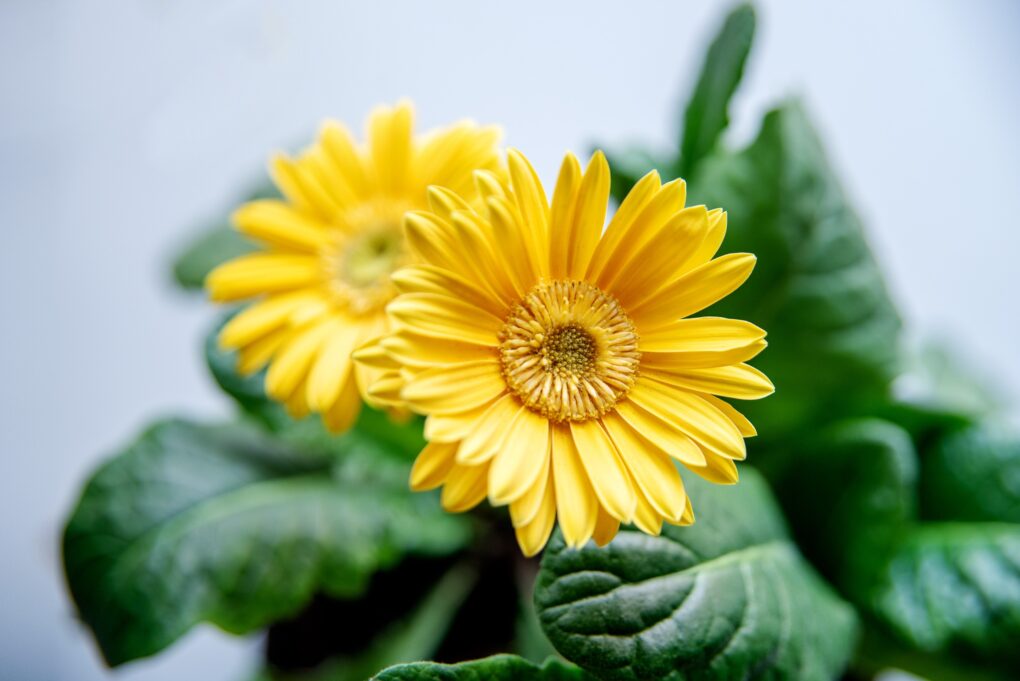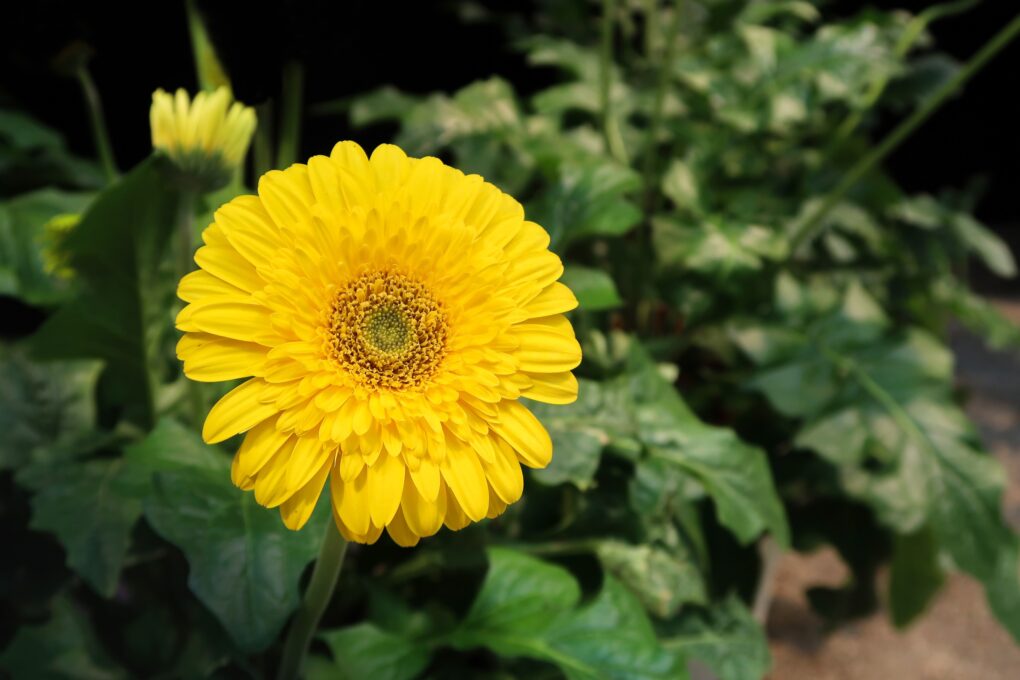Can Gerbera Daisies Survive Winter? Tips for Keeping Your Plants Alive
Gerbera Daisies (Gerbera jamesonii) can have difficulty surviving winter, particularly in regions where temperatures dip below freezing. These vibrant flowering plants are native to South Africa and prefer warmer, frost-free climates. They thrive in USDA Hardiness Zones 8 to 11, where minimum winter temperatures typically don’t fall below 10 degrees Fahrenheit.

In colder climates, Gerbera Daisies can be grown as annuals; alternatively, they can be overwintered indoors or in a greenhouse. To overwinter, gently dig up the plants before the first frost, transfer them to pots, and keep them in a bright, cool area with temperatures between 50 and 60 degrees Fahrenheit. Provide adequate moisture, but be careful not to overwater, which can lead to root rot. With proper care, Gerbera Daisies can be replanted outdoors in spring when temperatures consistently stay above freezing.
Table of Contents
Preparing Gerbera Daisies for Winter

Gerbera daisies are beautiful flowers that add color and vibrancy to any garden. However, they are not frost-tolerant and need protection during the winter months. Here are tips on how to prepare your gerbera daisies for winter:
Pruning
BTo help your gerbera daisies during the winter months, it’s best to prune them to a height of 6-8 inches before the season starts. Make sure to remove any dead or diseased leaves and flowers, as well as cut back any stems that are too long or rambling. Use clean and sharp pruning shears to ensure clean cuts.
Mulching
After pruning, add a layer of mulch around the base of the plant to protect the roots from freezing. Use a natural mulch such as straw, leaves, or bark chips. Ensure the mulch is at least 2-3 inches thick, but not too close to the plant’s stem. Mulch will also help retain moisture in the soil and prevent weeds from growing.
Covering
If you live in an area with harsh winters, consider covering your gerbera daisies with a frost blanket or row cover. This will provide extra insulation and protection from the cold. Remove the cover during the day for air circulation and sunlight.
By following these steps, you can help your gerbera daisies survive the winter and bloom again in the spring.
Overwintering Gerbera Daisies Indoors

Gerbera daisies are tender perennials that can be grown outdoors in USDA hardiness zones 8 through 11. However, they need winter protection in zone 8 and colder regions. Overwintering gerbera daisies indoors is a great way to ensure survival during the cold months.
Choosing a Location
When overwintering gerbera daisies indoors, choosing a location that provides the right amount of light, humidity, and temperature is important. Ideally, the location should be cool (between 45 °F to 50 °F), well-ventilated, and receive bright, indirect light for at least 6 hours daily. Avoid placing the plants near drafty windows or heat sources, as this can cause stress or damage to the plant.
Watering and Fertilizing
Watering is crucial when overwintering gerbera daisies indoors. The plants should be watered whenever the soil’s top ½ inch (1 cm) feels dry to the touch. Depending on the room temperature and humidity, this may be every three to five days. Avoid overwatering, as this can lead to root rot and other problems.
During the winter months, gerbera daisies go dormant and only need light watering once a month. However, fertilizing is not necessary during this phase.
Pest and Disease Control
Gerbera daisies are susceptible to a few pests and diseases, including spider mites, aphids, and powdery mildew. To prevent these problems, it is important to keep the plants clean, well-ventilated, and debris-free. If necessary, use insecticidal soap or horticultural oil to control pests.
If you notice any signs of disease, such as yellowing or wilting, remove the affected leaves and treat the plant with a fungicide.
